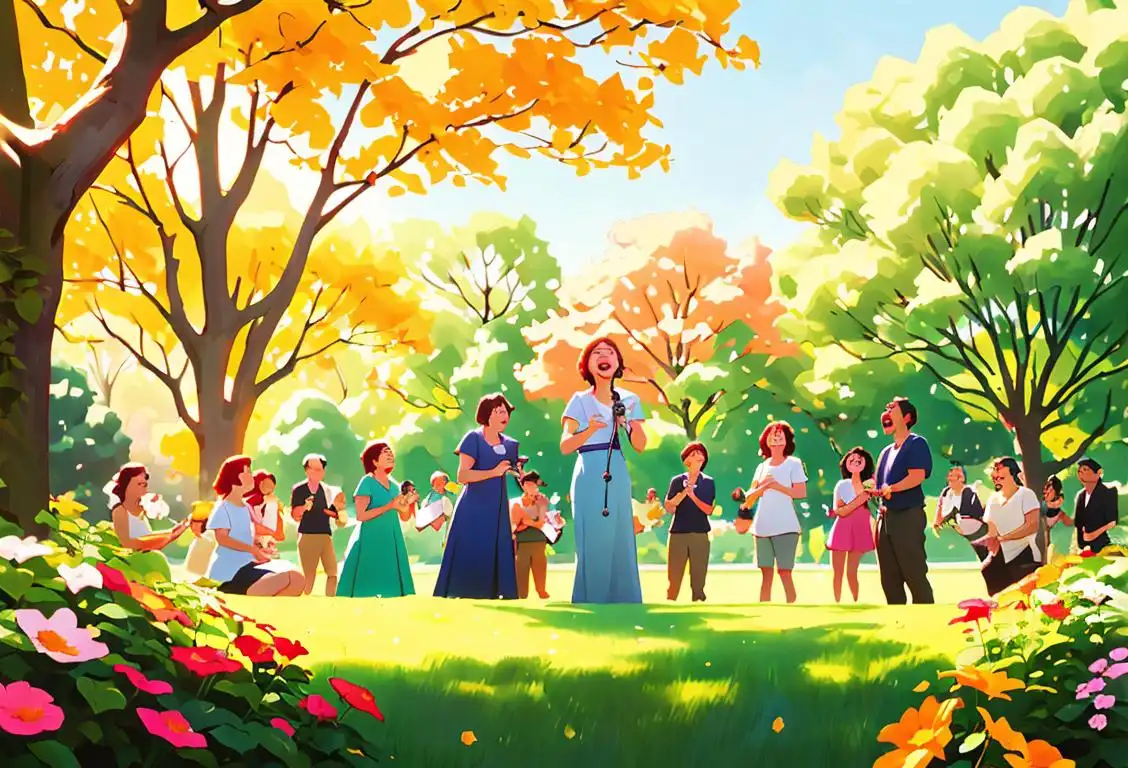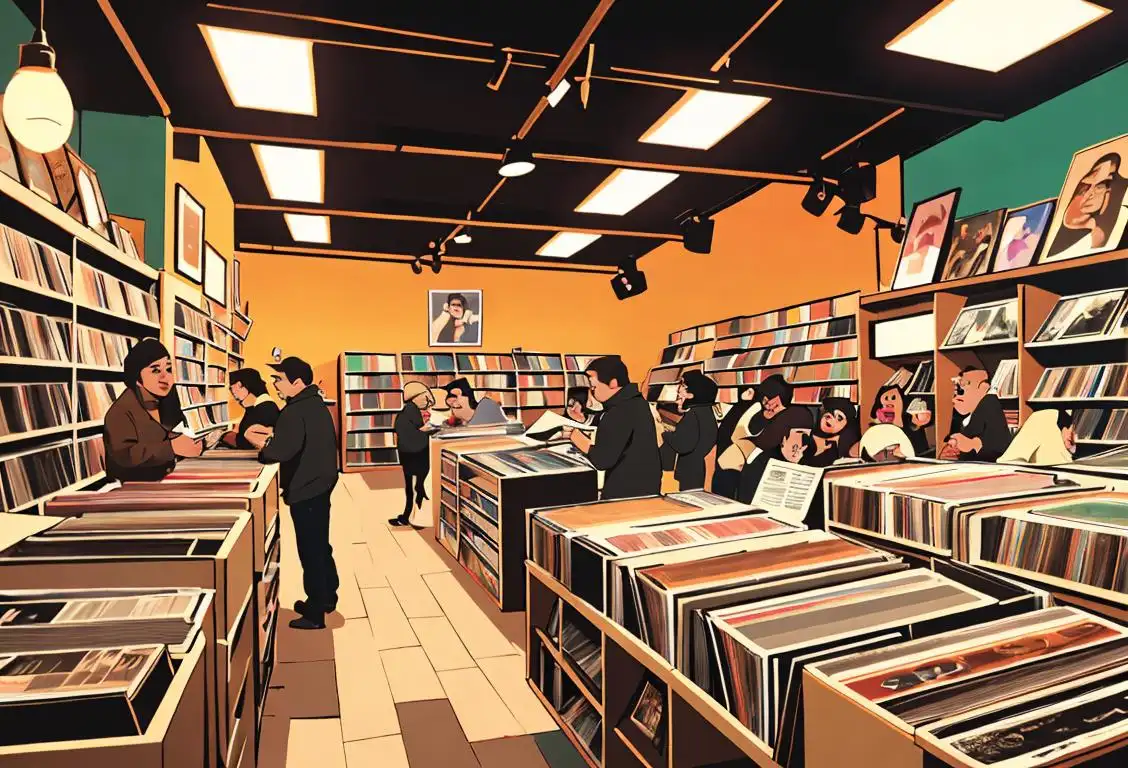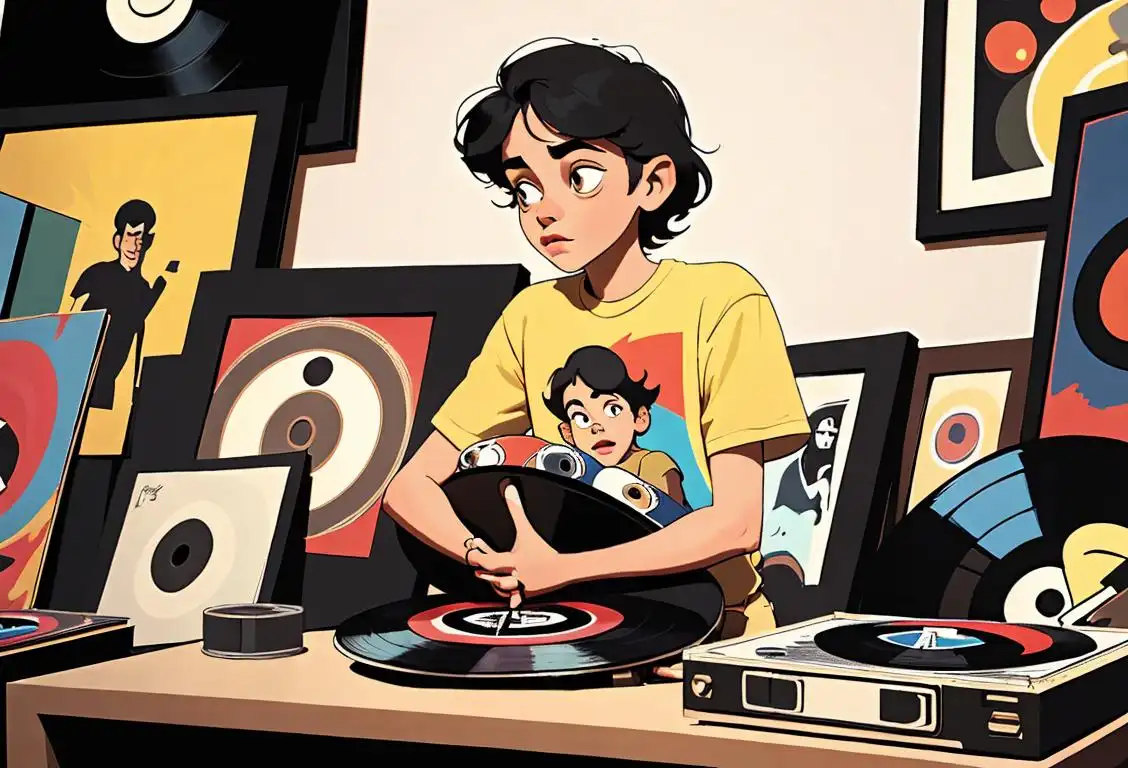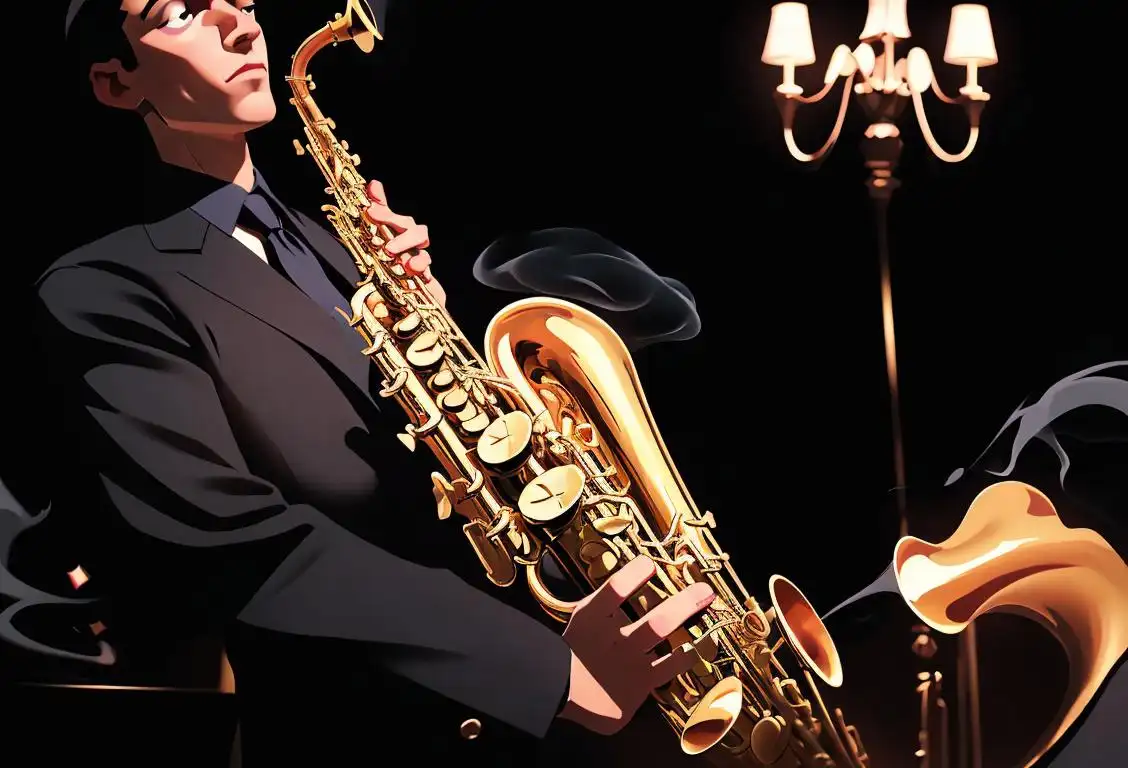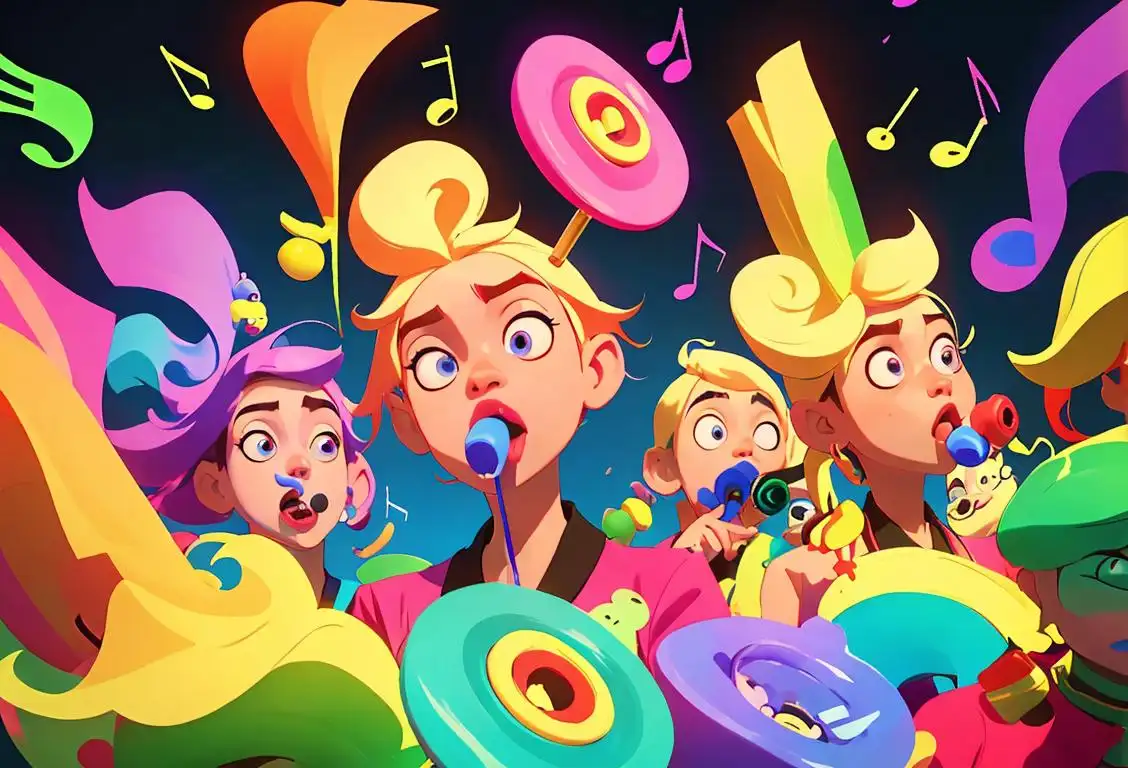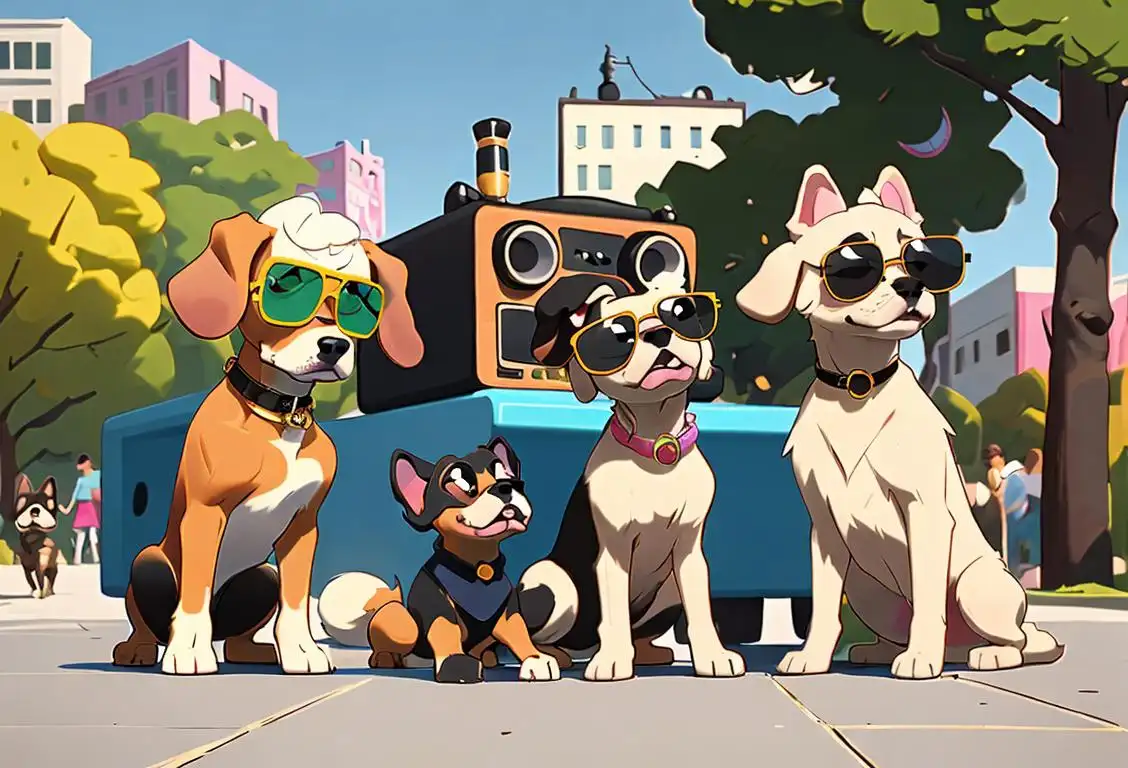National Grateful Dead Day
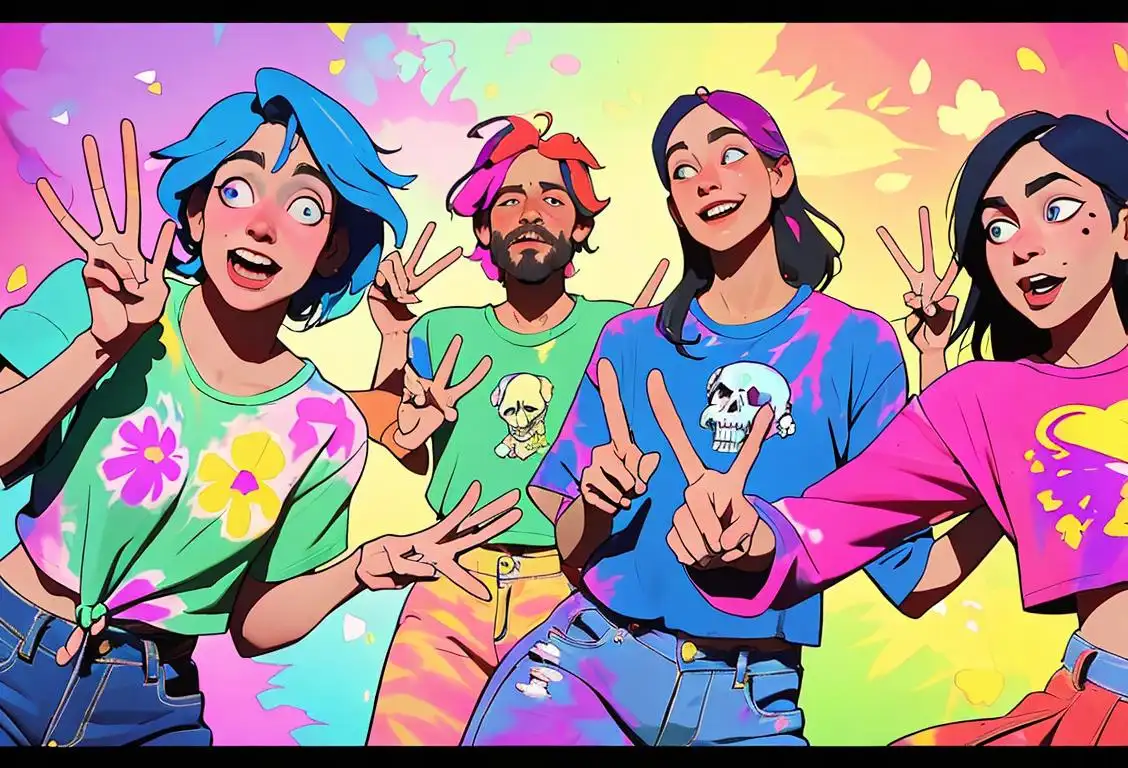
Hey there, fellow Deadhead! Get ready to jam out on National Grateful Dead Day, a day dedicated to celebrating the groovy vibes and legendary music of the Grateful Dead. From tie-dye shirts to dancing bears, this day is all about embracing the counterculture spirit and feeling the love.
When is Grateful Dead Day?
It's national grateful dead day on the 10th July.
The Internet History of National Grateful Dead Day
National Grateful Dead Day was first mentioned online on July 10, 2015. Since then, the day has gained traction and a following of devoted fans who come together to honor the iconic band and their legacy.
The Grateful Dead, formed in 1965, quickly gained a dedicated fan base known as Deadheads. These loyal followers immersed themselves in the band's improvisational and psychedelic rock sound, often traveling from show to show in search of the ultimate live experience.
The band's legendary live performances, filled with extended jams and unique renditions of their songs, created a community unlike any other. Deadheads established their own rituals and traditions, marking the parking lots of concert venues with vibrant tapestries, selling handmade crafts, and sharing a sense of camaraderie.
Grateful Dead concerts were more than just music events; they were transformative experiences that brought people together. The band's message of peace, love, and music continues to resonate with fans today, making National Grateful Dead Day a time to reflect on the power of music and the spirit of unity.
How to Celebrate National Grateful Dead Day
Ready to celebrate this groovy day? Here are a few ways to honor the Grateful Dead and their enduring influence:
- Put on your favorite Grateful Dead album and dance like nobody's watching. Let the music move you and get lost in its timeless magic.
- Dress the part: Rock that tie-dye shirt, find some colorful accessories, and channel your inner hippie.
- Organize a listening party with your fellow Deadheads. Gather your friends, break out the snacks, and immerse yourselves in the band's extensive catalog of live recordings.
- Visit the grave of Jerry Garcia, the Grateful Dead's legendary frontman, and pay tribute to his incredible musical legacy.
- Spread the love by introducing the Grateful Dead to someone who has yet to discover their music. Share your favorite songs and stories to keep the spirit alive.
History behind the term 'Grateful Dead'
1965
The Birth of the Grateful Dead
The term 'Grateful Dead' was first used as the name of a rock band formed in Palo Alto, California. In 1965, Jerry Garcia, Bob Weir, Ron 'Pigpen' McKernan, Phil Lesh, and Bill Kreutzmann came together to create a unique blend of folk, rock, and experimental music. The band quickly gained a loyal following, and their psychedelic sound became synonymous with the counterculture movement of the 1960s.
1965
Formation of the Grateful Dead
In 1965, a group of musicians in Palo Alto, California came together to form a band. This group consisted of Jerry Garcia, Bob Weir, Ron 'Pigpen' McKernan, Phil Lesh, Bill Kreutzmann, and Mickey Hart. They initially named themselves 'The Warlocks', but soon changed their name to 'The Grateful Dead'. The term 'Grateful Dead' was borrowed from an old English folk ballad, 'The Grateful Dead', which refers to a person or entity who helps another to be relieved of their suffering after death.
1965
The Formation
In 1965, the band was formed in Palo Alto, California. Originally called the Warlocks, they quickly changed their name to the Grateful Dead. The name was inspired by an old English ballad called 'The Unfortunate Rake,' which included the line 'there was a soul of a poor dead whore.' The band members liked the idea of the grateful dead being those who died to save others, and thus, the name stuck.
1967
Inspiration from an Ancient Folk Tale
The term 'Grateful Dead' itself is derived from an ancient folk tale. One of the band members, Phil Lesh, came across the phrase in a dictionary and found a connection to the band's improvisational style. The story tells of a traveler who encounters a corpse, and by performing kind acts for the dead, he is rewarded with the knowledge needed to resolve a conflict. The band members embraced the term as a reflection of their musical approach and the reciprocal relationship they shared with their fans.
1967
Growing popularity and cultural impact
By 1967, the Grateful Dead had gained a dedicated fan base and began performing regularly in San Francisco. Their unique blend of rock, folk, psychedelic, and improvisational music caught the attention of counterculture enthusiasts. The band's concerts, known as 'Deadheads', became a cultural phenomenon. Deadheads embraced the band's music, vibrant community, and the philosophy of living for the present moment, which resonated deeply during the transformative era of the 1960s.
1967
The Acid Tests
During the mid-1960s, the Grateful Dead played at a series of parties called the Acid Tests, organized by author Ken Kesey and his Merry Pranksters. These gatherings were known for their psychedelic atmosphere and experiments with LSD. The band's music became closely associated with the counterculture movement and the psychedelic experience, shaping their unique sound and loyal following.
1970
American Beauty
In 1970, the Grateful Dead released their seminal album 'American Beauty.' This album marked a shift in their musical style, incorporating elements of folk, country, and rock. It featured iconic tracks like 'Box of Rain,' 'Friend of the Devil,' and 'Sugar Magnolia.' 'American Beauty' solidified the band's reputation and helped to establish their status as cultural icons.
1970
Legalizing an Iconic Logo
In 1970, the band sought to protect their iconic logo, known as the 'Steal Your Face' or 'SYF.' The skull and lightning bolt design had become synonymous with the Grateful Dead and their music. They enlisted the help of artist Owsley Stanley and successfully trademarked the logo, ensuring its exclusivity and preserving it as a recognizable symbol of the band's identity. The logo has since become an enduring symbol for both the band and their fans.
1970s
Iconic album releases and touring
During the 1970s, the Grateful Dead released several iconic albums, including 'American Beauty' and 'Workingman's Dead', which showcased their prowess in blending diverse musical genres. The band's live performances, characterized by lengthy improvisations, intricate jams, and a sense of musical exploration, became legendary. They embarked on extensive tours, constantly pushing the boundaries of their music and amassing a dedicated following that traveled from show to show.
1995
The passing of Jerry Garcia
Sadly, in 1995, Jerry Garcia, the iconic frontman and guitarist of the Grateful Dead, passed away at the age of 53. His death marked the end of an era for the band and left a void in the hearts of many fans. Despite Garcia's untimely death, the Grateful Dead's music and legacy continued to resonate with generations to come.
1973
The Wall of Sound
In 1973, the Grateful Dead introduced the iconic 'Wall of Sound,' a massive sound system that was designed to deliver pristine audio quality to their audiences. The Wall of Sound consisted of 604 speakers and required a team of technicians to set up and operate. This innovative approach to live sound engineering revolutionized concert experiences and set new standards in audio production.
1995
End of an Era
Tragically, the Grateful Dead's journey came to an end in 1995. After the passing of Jerry Garcia, the band decided to disband, marking the end of an era for both the group and their devoted fan base. However, the legacy of the Grateful Dead lives on through their extensive catalog of music and the enduring cultural impact they made during their decades-long career. Even today, their music continues to inspire and captivate new generations of fans.
1995
The End of an Era
Tragically, in 1995, lead guitarist and vocalist Jerry Garcia passed away, marking the end of an era for the Grateful Dead. Garcia's death deeply affected the band members and their devoted fanbase. Despite the loss, the legacy of the Grateful Dead lives on through their music and the enduring spirit of their loyal followers, known as 'Deadheads.'
Did you know?
Did you know that the Grateful Dead's sound engineer, Owsley Stanley, also known as Bear, was infamous for his manufacture and distribution of a remarkably pure form of LSD? Don't try this at home, kids! Stick to the music.Tagged
music counterculture grateful dead deadheads jam bandFirst identified
10th July 2015Most mentioned on
10th July 2015Total mentions
5Other days
Grateful Dead Day
Sing Out Day
Record Store Day
Hug A Drummer Day
Album Day
Breakup Playlist Day
Saxophone Day
Kazoo Day
Drummer Day
Dogg Day
